Home>diy>Building & Construction>What Is The Metal Used For In Construction
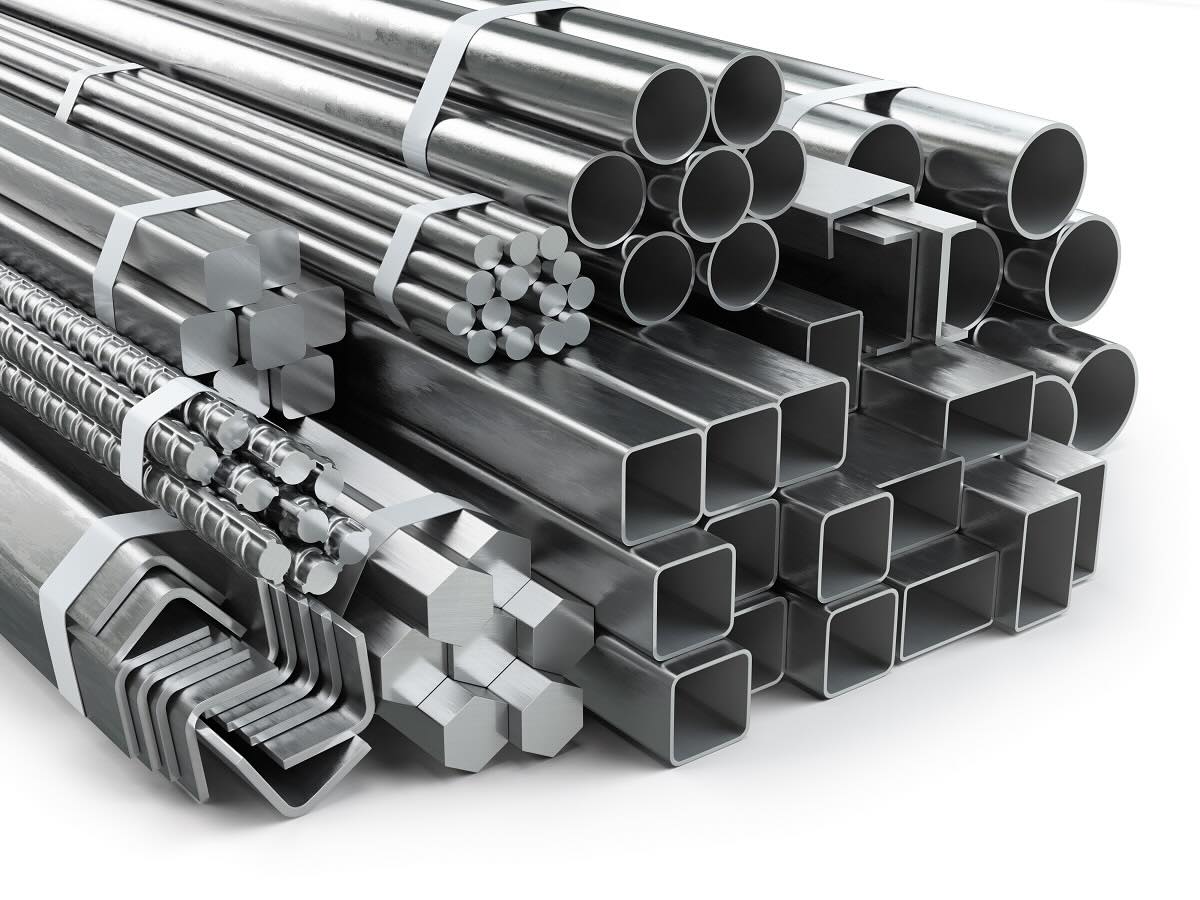

Building & Construction
What Is The Metal Used For In Construction
Modified: December 7, 2023
Discover the key uses of metal in building construction and understand its importance in creating durable structures. Explore the benefits and applications of this versatile material.
(Many of the links in this article redirect to a specific reviewed product. Your purchase of these products through affiliate links helps to generate commission for Storables.com, at no extra cost. Learn more)
Introduction
Welcome to the world of construction, where buildings rise high and dreams become reality. Behind every magnificent structure, there is a complex interplay of materials, each with its unique properties and purpose. One such crucial element in construction is metals. Metals have been an integral part of the construction industry for centuries, providing strength, durability, and versatility.
In this article, we will explore the various metals used in construction and delve into their properties, types, and advantages.
Steel, aluminum, copper, and iron are among the most commonly used metals in construction projects. Each metal brings a set of distinct qualities that make it suitable for different applications within the industry.
Join us on this journey as we uncover the secrets behind the metal marvels that shape our skylines and enable us to build structures that stand the test of time.
Key Takeaways:
- Steel, aluminum, copper, and iron are indispensable metals in construction, offering exceptional strength, durability, and versatility. From towering skyscrapers to intricate architectural details, these metals shape the world of construction with their unique properties and advantages.
- The use of steel, aluminum, copper, and iron in construction revolutionizes the industry, enabling the creation of safe, sustainable, and visually appealing structures. Their properties and advantages continue to push the boundaries of design and functionality, leaving an indelible mark on the ever-evolving construction landscape.
Read more: What Are Sills Used For In Construction
Steel
Steel is undoubtedly one of the most widely used metals in construction due to its exceptional strength, durability, and versatility. Its extensive use can be attributed to its ability to withstand heavy loads and harsh environmental conditions.
Use of Steel in Construction
Steel finds application in various components of construction, including structural frames, beams, columns, and reinforcement bars. It is also used in the construction of bridges, high-rise buildings, stadiums, and industrial structures.
Properties of Steel
One of the key properties of steel is its high tensile strength, which enables it to resist breaking when subjected to extreme forces. This strength allows for the construction of tall and robust structures. Additionally, steel has excellent ductility, meaning it can be easily molded into different shapes without losing its structural integrity. It also exhibits exceptional durability, corrosion resistance, and fire resistance.
Types of Steel Used in Construction
There are several types of steel commonly used in construction, including:
- Carbon Steel: This is the most commonly used type of steel, known for its high strength and affordability.
- Structural Steel: It is specifically designed for use in load-bearing structures and has superior strength and weldability.
- Stainless Steel: This steel alloy contains chromium, making it highly resistant to corrosion and ideal for use in environments with high moisture levels.
- Reinforcing Steel: Also known as rebar, this type of steel is used to reinforce concrete structures, providing added strength.
Read more: What Is Limestone Used For In Construction
Advantages of Steel in Construction
The use of steel in construction offers numerous advantages, including:
- Strength and Durability: Steel structures have excellent load-bearing capacity and can withstand heavy loads and adverse weather conditions.
- Flexibility: Steel can be easily fabricated and shaped into various forms, allowing for design flexibility and customization.
- Speed of Construction: Steel structures can be erected quickly and efficiently, reducing construction time and costs.
- Sustainability: Steel is a highly recyclable material, making it an environmentally friendly choice for construction.
- Fire Resistance: Steel is inherently fire-resistant, providing additional safety in case of fire.
Overall, steel continues to be the backbone of the construction industry, enabling the creation of iconic structures that stand tall and endure for generations.
Aluminum
Aluminum is another widely used metal in the construction industry, known for its lightweight nature, corrosion resistance, and excellent thermal conductivity. Its unique combination of properties makes it a popular choice for various applications in construction.
Use of Aluminum in Construction
Aluminum finds extensive use in the construction of doors, windows, curtain walls, roofing systems, and structural components. It is also commonly used in the aviation and transportation industries due to its lightweight properties.
Properties of Aluminum
One of the standout properties of aluminum is its low density, making it significantly lighter than other metals used in construction. Despite its lightweight, aluminum exhibits excellent strength and durability, allowing it to withstand structural loads effectively.
Additionally, aluminum is highly resistant to corrosion, making it suitable for use in environments exposed to moisture or harsh weather conditions. It also boasts excellent thermal conductivity, which helps in energy efficiency and reducing heat transfer.
Read more: What Is Plywood Used For In Construction
Types of Aluminum Used in Construction
In construction, two main types of aluminum alloys are primarily used:
- Series 1000: This aluminum series is commercially pure and known for its high corrosion resistance.
- Series 6000: These alloys are heat-treatable and commonly used in structural applications due to their desirable strength and formability.
Advantages of Aluminum in Construction
The use of aluminum in construction offers several advantages:
- Lightweight: Aluminum’s low density makes it easy to transport, handle, and install, leading to lower construction costs and reduced structural loads.
- Corrosion Resistance: Aluminum naturally forms a protective oxide layer, ensuring excellent resistance to corrosion and increasing longevity.
- Design Flexibility: Aluminum can be easily shaped, extruded, and fabricated, allowing for intricate and customized designs.
- Energy Efficiency: Aluminum’s high thermal conductivity facilitates efficient insulation and heat transfer, resulting in energy savings.
- Recyclability: Aluminum is a highly recyclable material, making it a sustainable choice for construction projects.
Aluminum’s unique properties and versatility have positioned it as a valuable metal in the construction industry, offering architects and builders endless possibilities for innovative and sustainable designs.
Copper
Copper, often referred to as “the red metal,” has been used in construction for centuries due to its excellent conductivity, malleability, and corrosion resistance. Its distinctive reddish-orange hue adds a touch of elegance to architectural designs, making it a popular choice in both interior and exterior applications.
Use of Copper in Construction
Copper finds a wide range of applications in construction, including wiring, plumbing, roofing, and decorative elements. It is commonly used in electrical systems, water pipes, gutters, and downspouts due to its superior conductivity and corrosion resistance properties.
Read more: What Materials Are Used In Construction
Properties of Copper
One of copper’s notable properties is its outstanding electrical and thermal conductivity. This makes it an ideal choice for electrical wiring, ensuring efficient power transmission and reducing energy loss. Additionally, copper is highly resistant to corrosion, even in humid or marine environments, which contributes to its longevity.
Furthermore, copper is a malleable metal, meaning it can be easily shaped and formed into intricate designs. It is also antimicrobial, inhibiting the growth of bacteria and providing hygienic surfaces.
Types of Copper Used in Construction
In construction, two main types of copper are commonly used:
- Pure Copper: This type of copper is primarily used in electrical applications due to its high conductivity and corrosion resistance.
- Copper Alloys: Various copper alloys, such as bronze and brass, are used in architectural applications, providing enhanced strength and aesthetic appeal.
Advantages of Copper in Construction
The use of copper in construction offers several advantages:
- Excellent Conductivity: Copper’s unparalleled electrical and thermal conductivity ensures efficient energy transmission and distribution.
- Corrosion Resistance: Copper naturally forms a protective oxide layer, providing exceptional resistance to corrosion and increasing its lifespan.
- Aesthetic Appeal: Copper’s warm color and malleability allow for the creation of visually appealing architectural features and decorative elements.
- Antimicrobial Properties: Copper’s antimicrobial properties help maintain hygienic conditions, making it suitable for use in healthcare facilities and food preparation areas.
- Recyclability: Copper is a highly recyclable metal, minimizing its environmental impact and promoting sustainable construction practices.
With its unique properties and timeless appeal, copper continues to be a favored material in construction, adding charm and functionality to diverse architectural projects.
Iron
Iron, the sturdy and reliable metal, has been a fundamental material in construction for centuries. Its strength, durability, and abundance have made it a staple in the industry, playing a vital role in the construction of various structures and infrastructure.
Read more: What Is Plastic Used For In Construction
Use of Iron in Construction
Iron finds extensive use in construction projects, including the construction of buildings, bridges, roads, and underground structures. It is commonly used for structural components, such as columns, beams, and trusses, providing stability and support to the structures.
Properties of Iron
Iron boasts remarkable mechanical properties, making it an ideal construction material. It has high tensile strength, allowing it to withstand heavy loads and resist deformation. Iron is also highly durable, capable of withstanding harsh weather conditions and environmental factors.
However, one of the drawbacks of iron is its susceptibility to corrosion. Therefore, it is often coated with protective layers or alloyed with other metals, such as carbon, to enhance its corrosion resistance.
Types of Iron Used in Construction
In construction, two main types of iron are commonly used:
- Cast Iron: Cast iron is used in construction applications that require exceptional strength and resistance to wear and tear. It is commonly used in the construction of heavy-duty structures, such as bridges and support elements.
- Wrought Iron: Wrought iron, known for its attractive appearance and malleability, is used in ornamental and decorative applications. It is commonly used for gates, fences, and artistic elements in construction.
Advantages of Iron in Construction
The use of iron in construction provides several advantages:
- Strength and Durability: Iron’s high tensile strength and durability make it suitable for supporting heavy loads and ensuring the longevity of structures.
- Availability and Affordability: Iron is abundant in nature and widely available, making it a cost-effective choice for construction projects.
- Fire Resistance: Iron has excellent fire resistance, providing added safety and protection in the event of a fire.
- Malleability: Iron can be easily shaped and formed, allowing for the creation of intricate designs and customized architectural features.
Despite its susceptibility to corrosion, iron remains a crucial material in construction, providing stability, strength, and reliability to a wide range of structures.
Read more: What Wood Is Used In Construction
Conclusion
Throughout this article, we have explored the diverse range of metals used in construction and their significant contributions to the industry. Steel, aluminum, copper, and iron each possess unique properties that make them indispensable in building robust and functional structures.
Steel, with its exceptional strength and durability, forms the backbone of modern construction, allowing for the creation of towering skyscrapers and expansive bridges. Its versatility and superior load-bearing capacity make it an ideal choice for various applications, while its sustainability and fire-resistant properties enhance its appeal in today’s construction practices.
Aluminum, known for its lightweight nature and corrosion resistance, offers a wealth of advantages in construction. Its use in windows, doors, and roofing systems not only provides aesthetics but also ensures energy efficiency and ease of installation. The recyclability of aluminum further contributes to sustainable construction practices.
Copper, often admired for its distinct reddish hue, serves as an essential element in electrical systems, plumbing, and architectural detailing. Its excellent conductivity, corrosion resistance, and antimicrobial properties make it an ideal choice for a wide range of construction applications. The aesthetic appeal of copper adds a touch of elegance to architectural designs while fulfilling functional requirements.
Iron, with its strength and durability, has stood the test of time in the construction industry. From providing structural support in buildings and bridges to ornamental elements in decorative designs, iron showcases its versatility and reliability. Although it is prone to corrosion, appropriate coatings and alloys can mitigate this issue, making it a valuable material in construction.
As we conclude, it’s evident that the use of these metals in construction plays a crucial role in creating safe, sustainable, and visually appealing structures. The properties and advantages offered by steel, aluminum, copper, and iron have revolutionized the construction industry, enabling architects and builders to push the boundaries of design and functionality.
In the ever-evolving construction landscape, these metals continue to shape the skyline, leaving an indelible mark on the world we live in. Whether it’s the towering steel-framed skyscrapers, the sleek aluminum-clad facades, the elegant copper detailing, or the enduring strength of iron, these metals will remain integral to the ever-advancing realm of construction.
Frequently Asked Questions about What Is The Metal Used For In Construction
Was this page helpful?
At Storables.com, we guarantee accurate and reliable information. Our content, validated by Expert Board Contributors, is crafted following stringent Editorial Policies. We're committed to providing you with well-researched, expert-backed insights for all your informational needs.
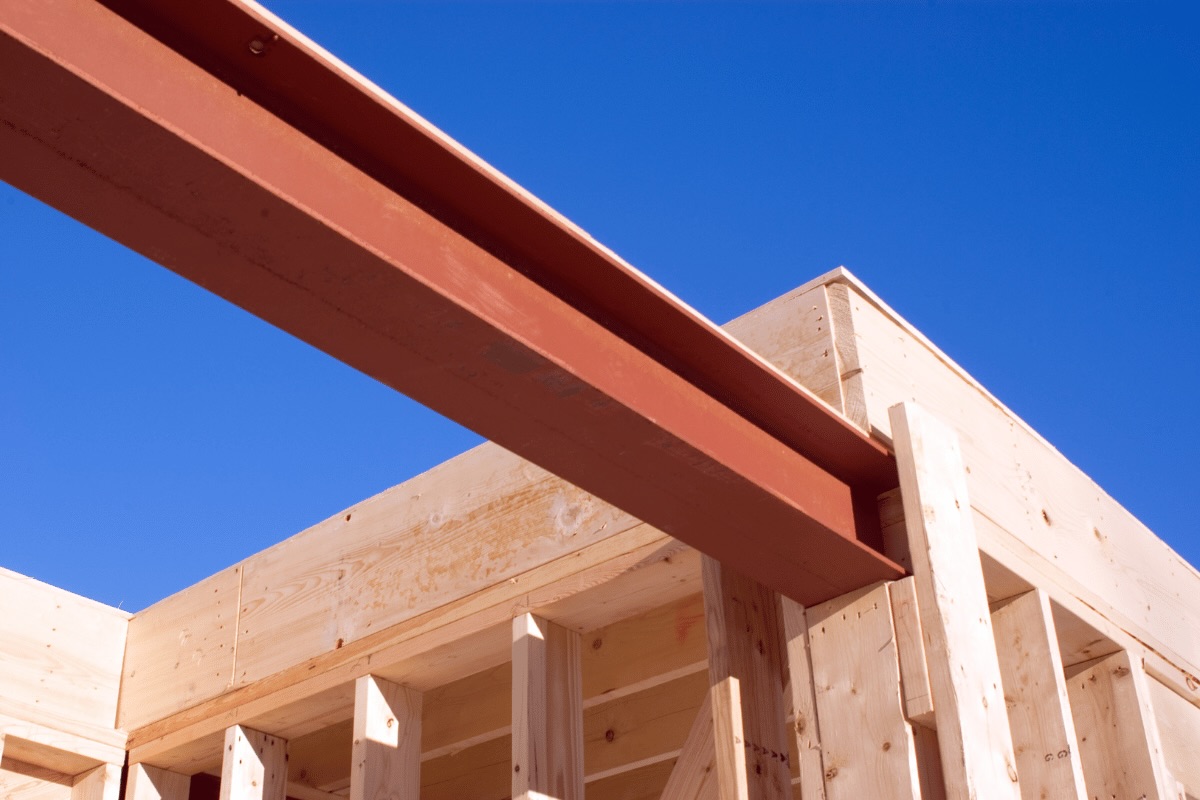
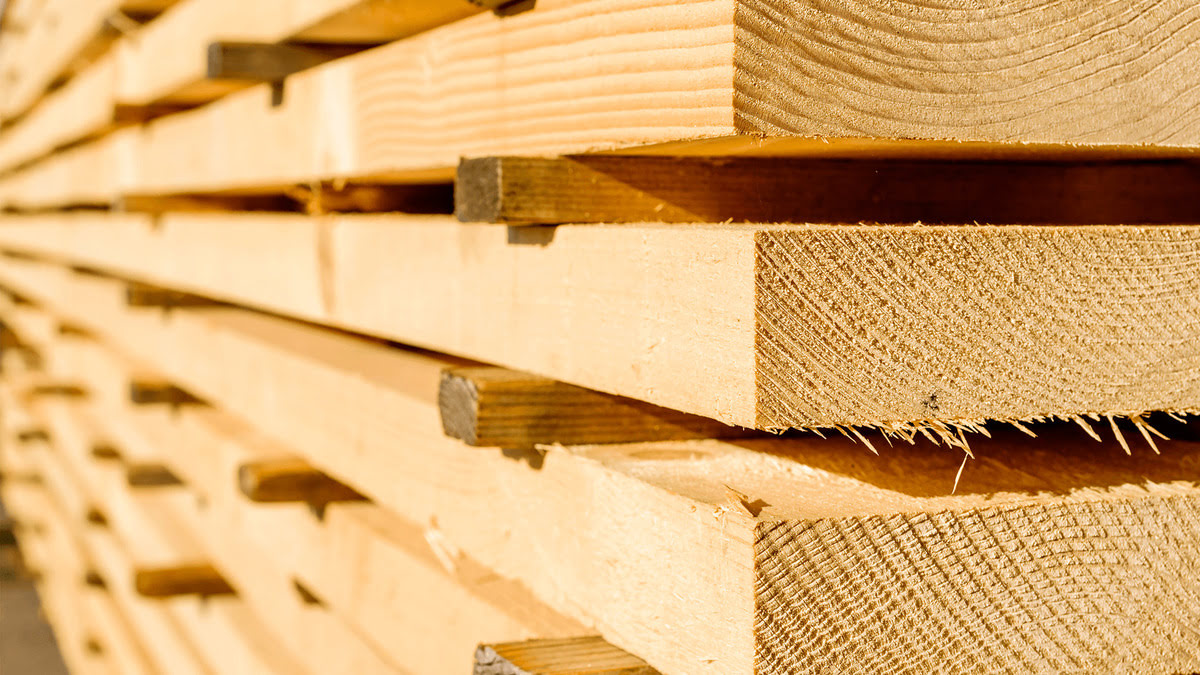

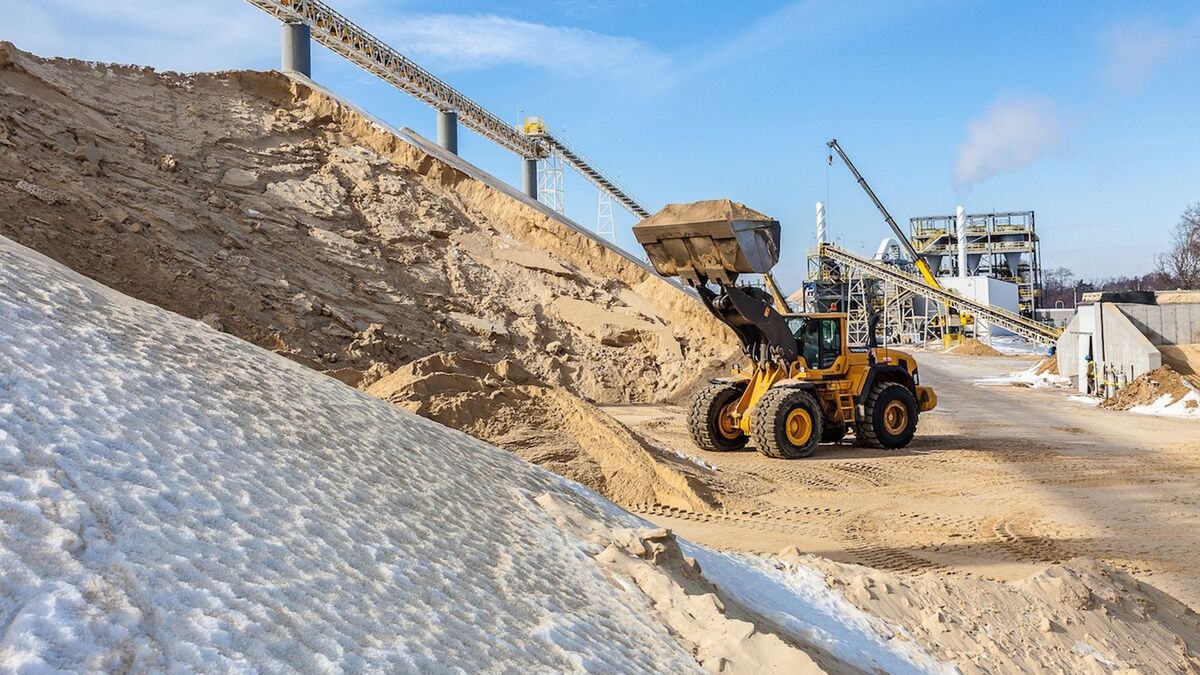
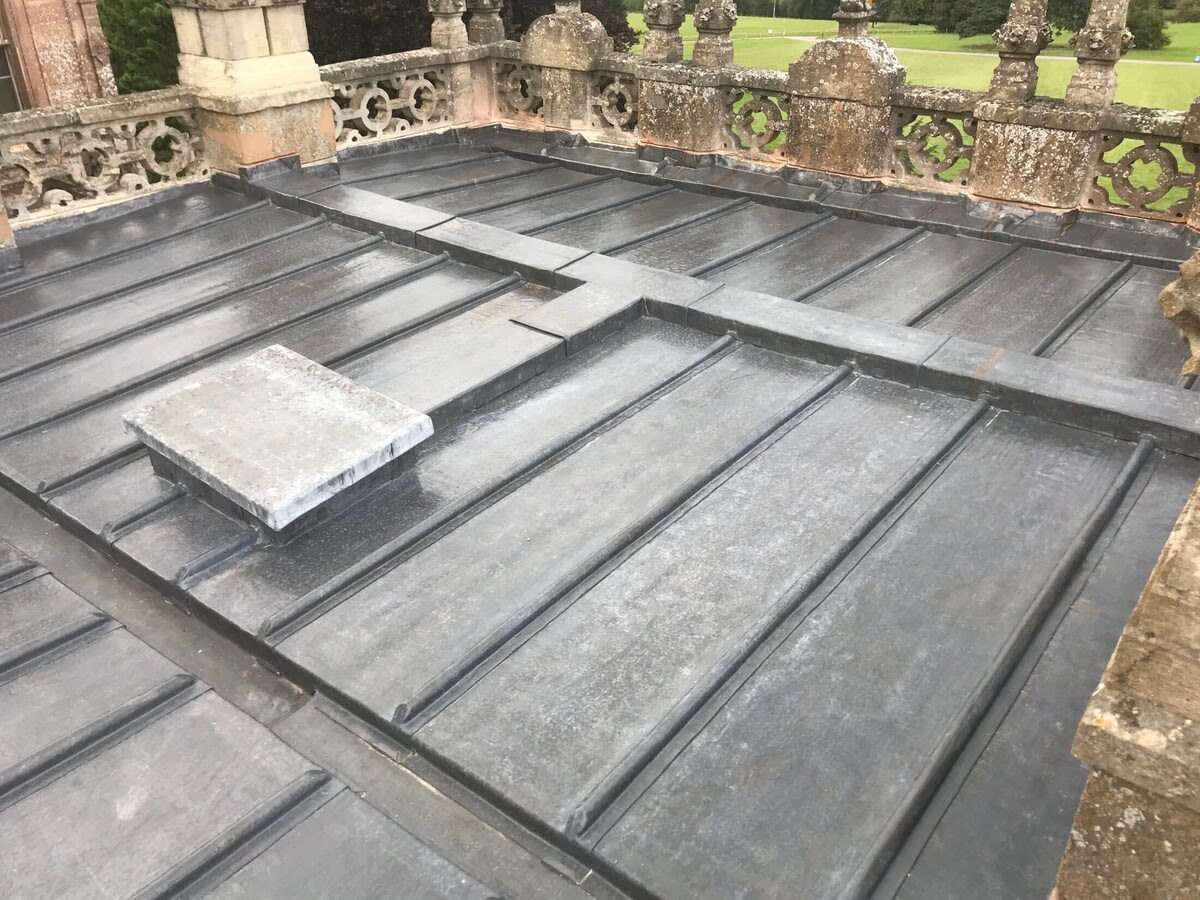
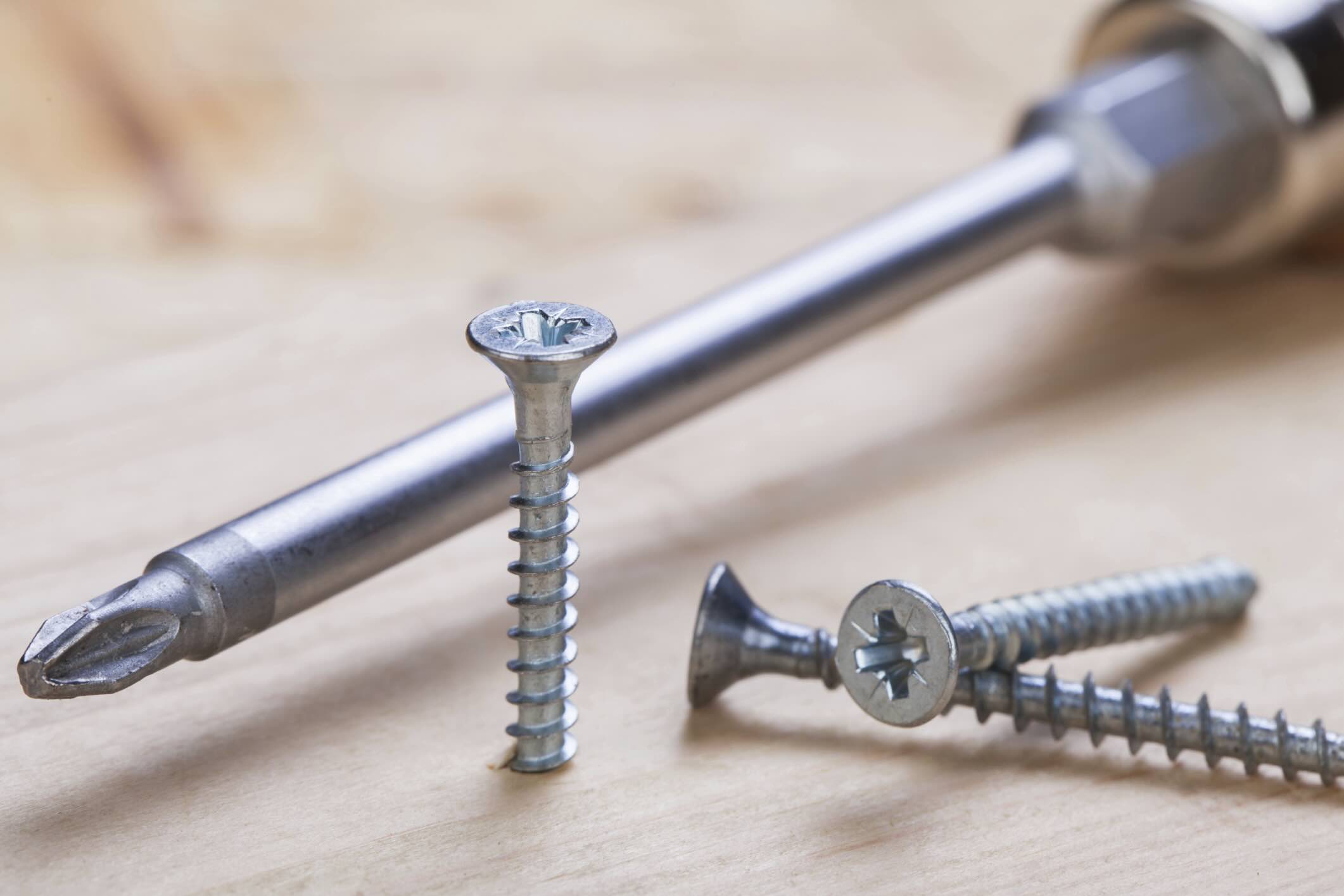
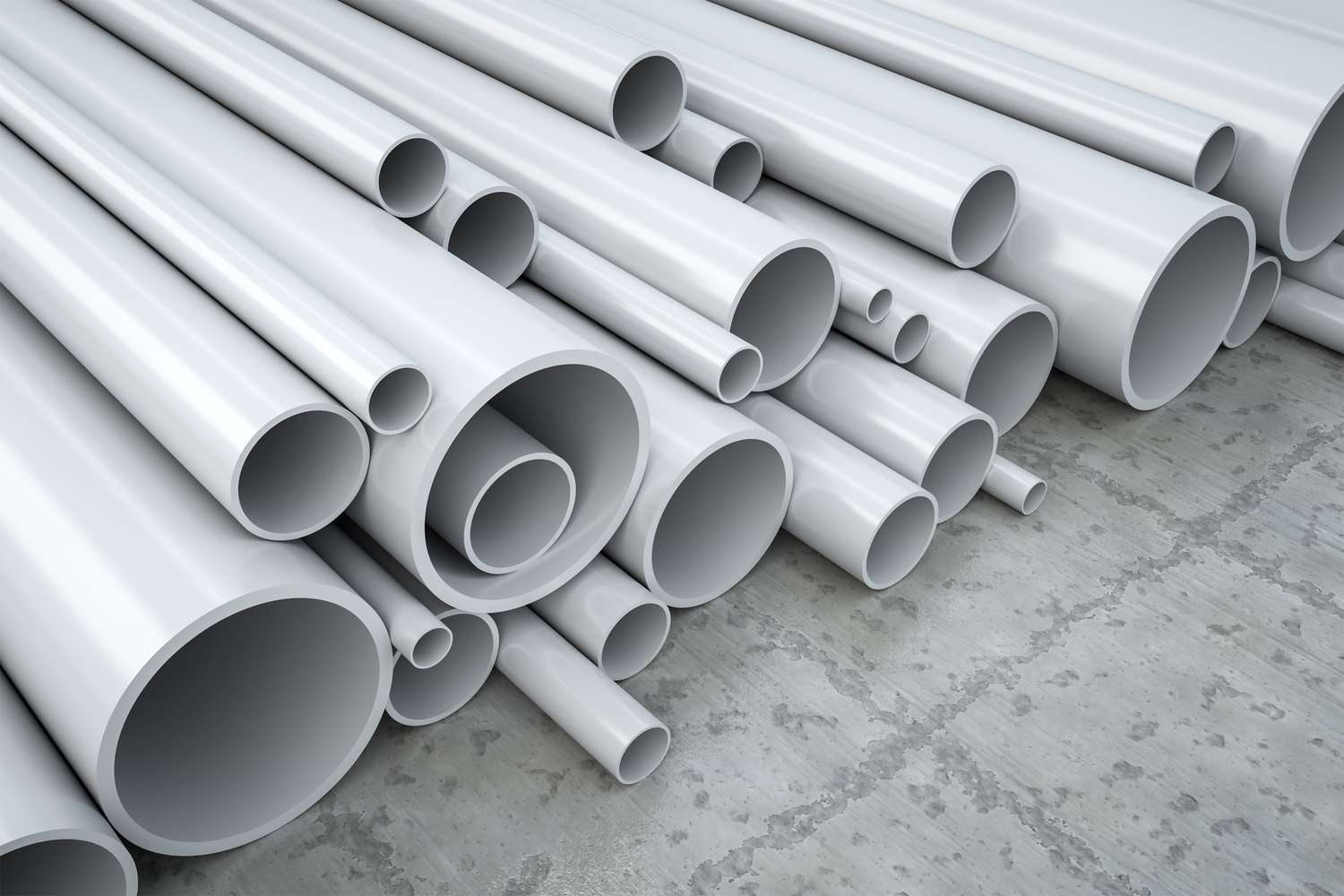
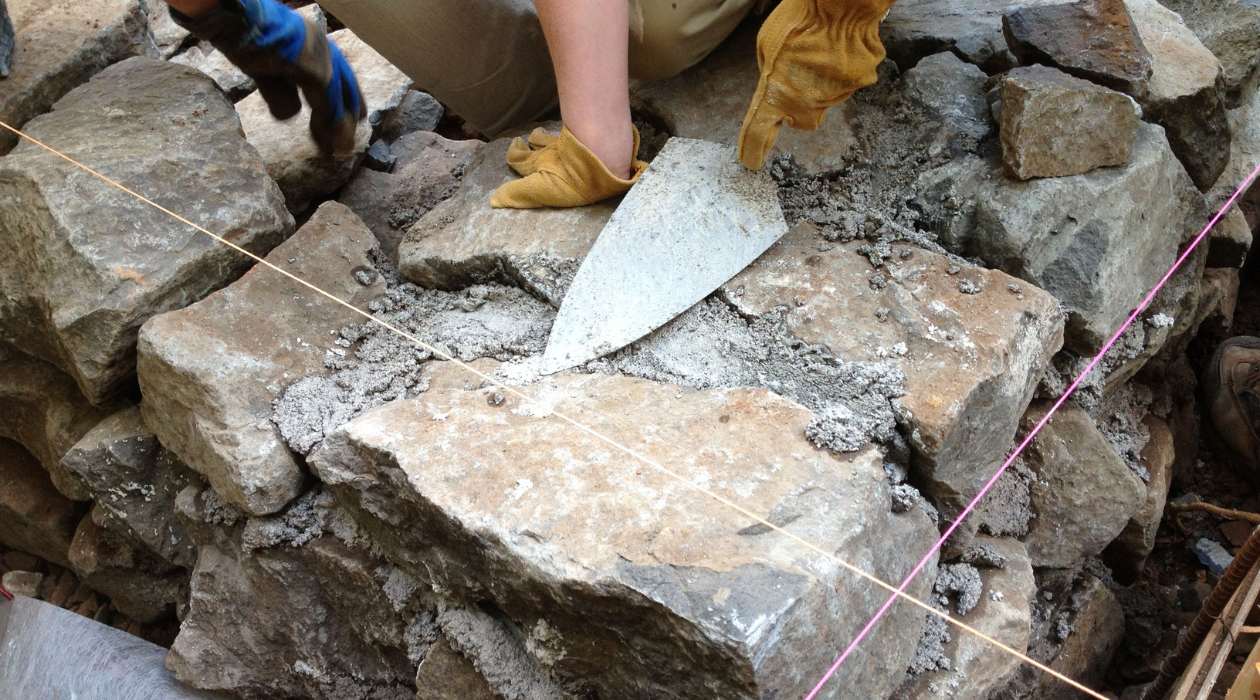
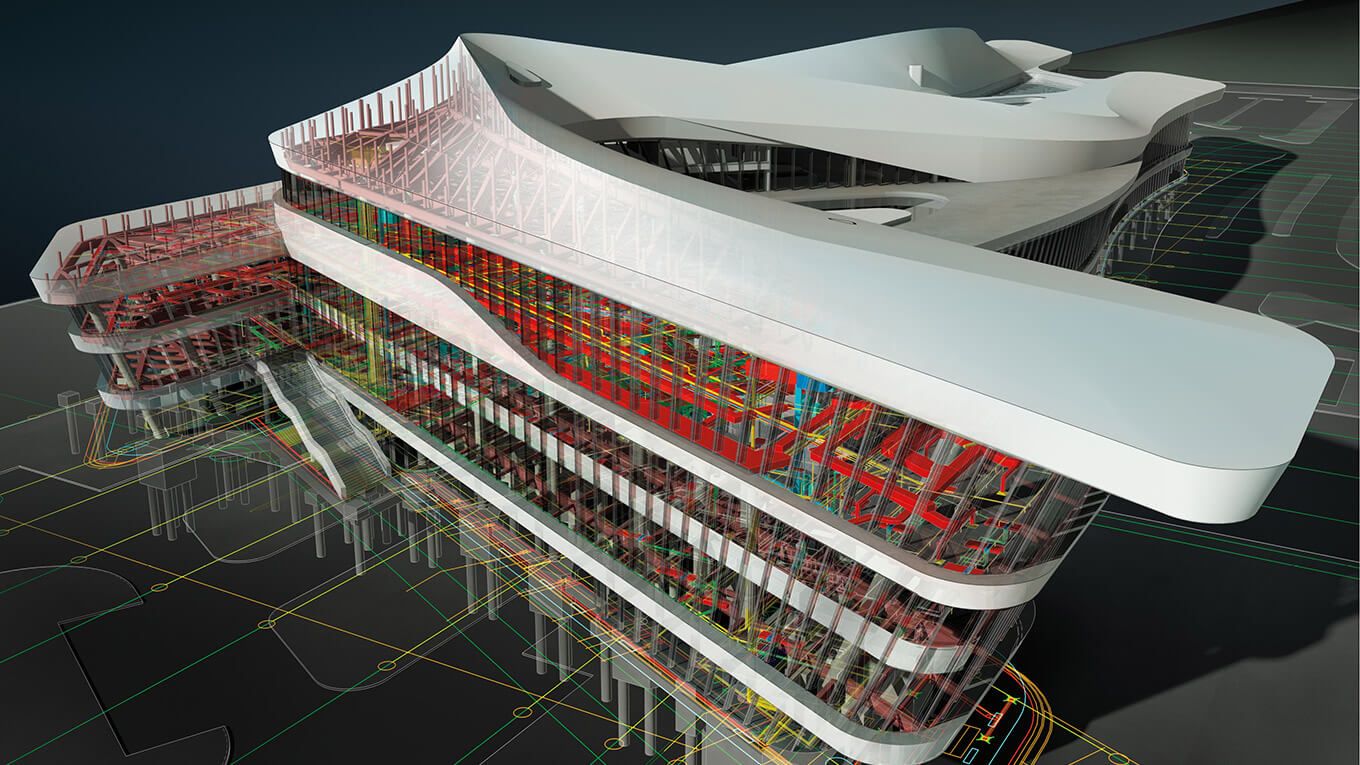
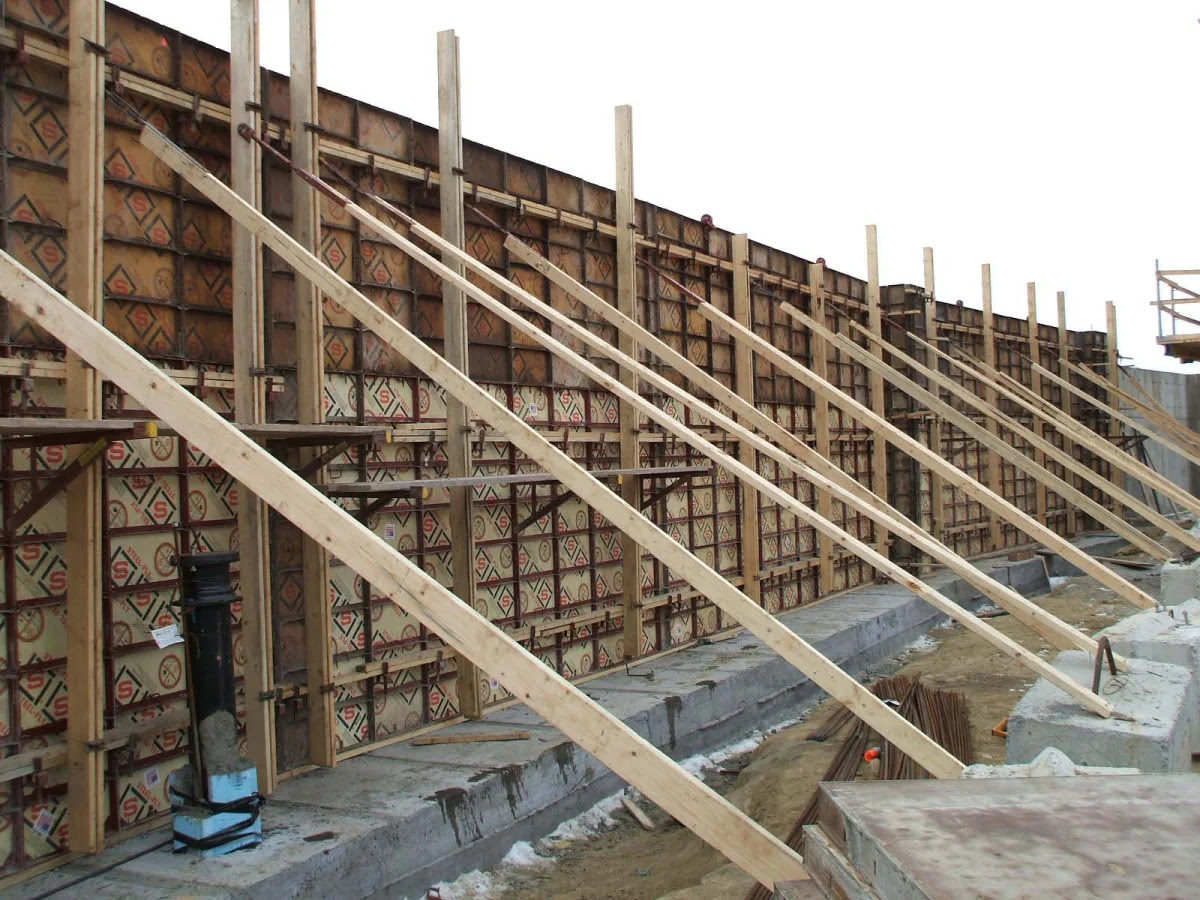

0 thoughts on “What Is The Metal Used For In Construction”